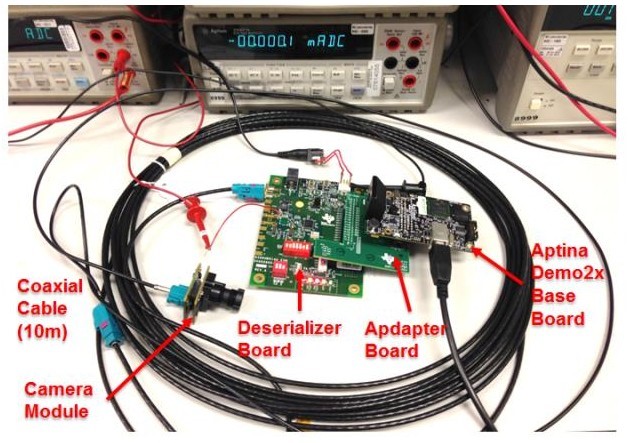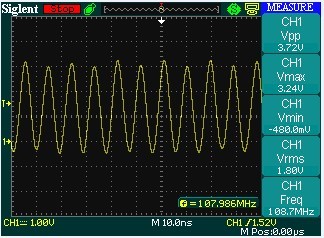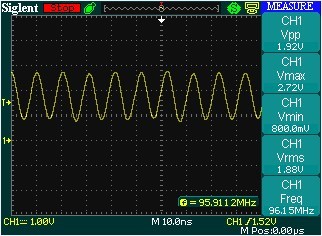Hi,
We are now developing camera module for automotive for HD grade with LVDS solution.
We have done the camera module with image sensor and working fine.
When connect the image sensor module + DS90UB913A-Q1 and using Power Over Coaxial, and link to DS90UB914A-Q1 + SoC board, the image sensor board cannot view and control.
Below is the detail:-
1) As DS90UB913A-Q1 are connect to image sensor module, it was set to have Pixel Clock input to Serializer.
2) The PASS LED and LOCK LED able to turn on when both DS90UB913A & 914A are connected through PoC.
3) After checking, there is no Pixel clock are output from image sensor to DS90UB913A-Q1.
4) My question is:-
a) Does the LVDS for Ser and Der will only be start to function (Connection be establish) and transfer the data when the Pixel Clock are input to the Serializer?
b) The I2C control signal cannot be transfer from Der to Ser or vice versa if there is no Pixel clock input to the Serializer?
Hope Someone can help me on this.




